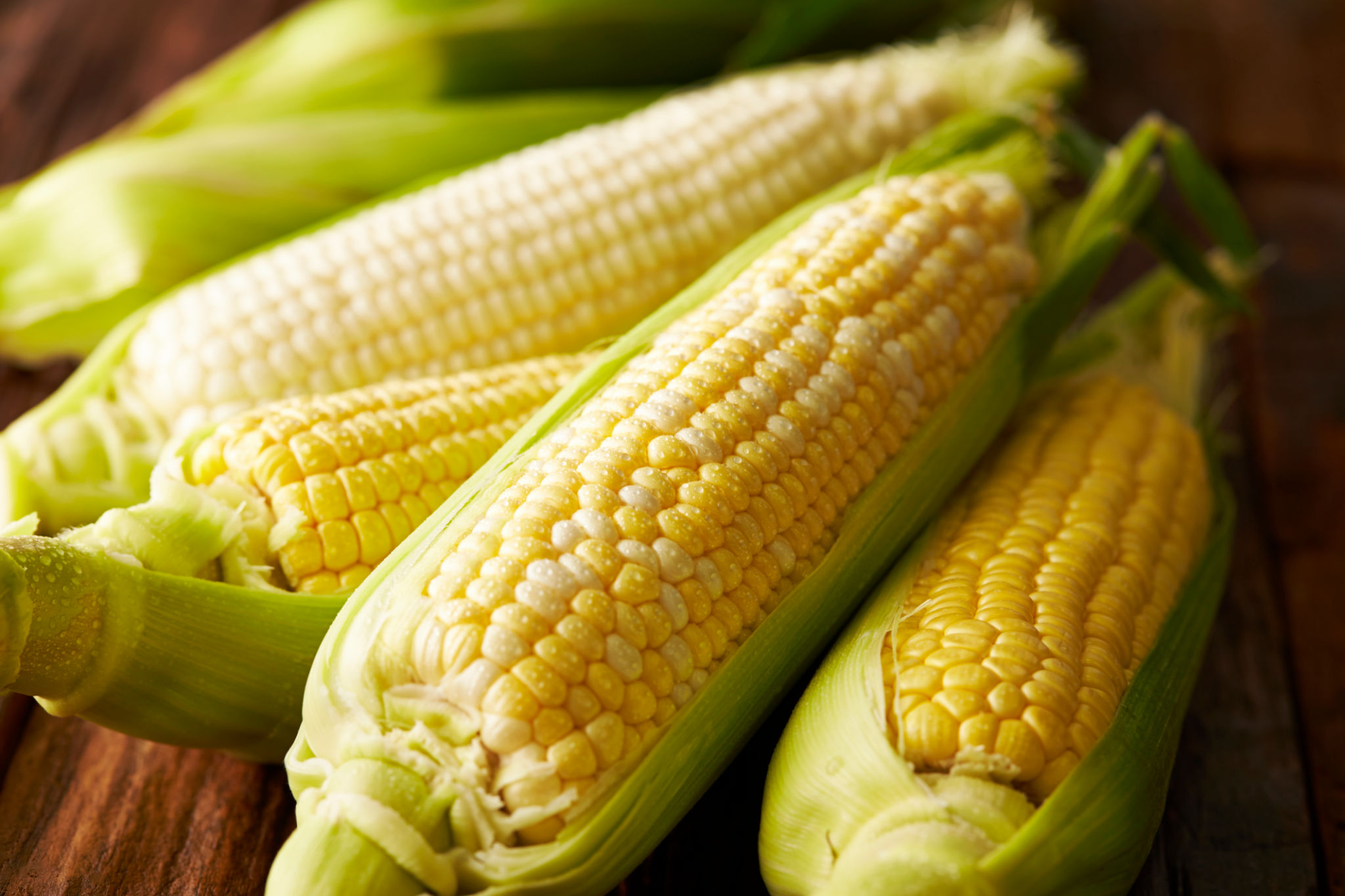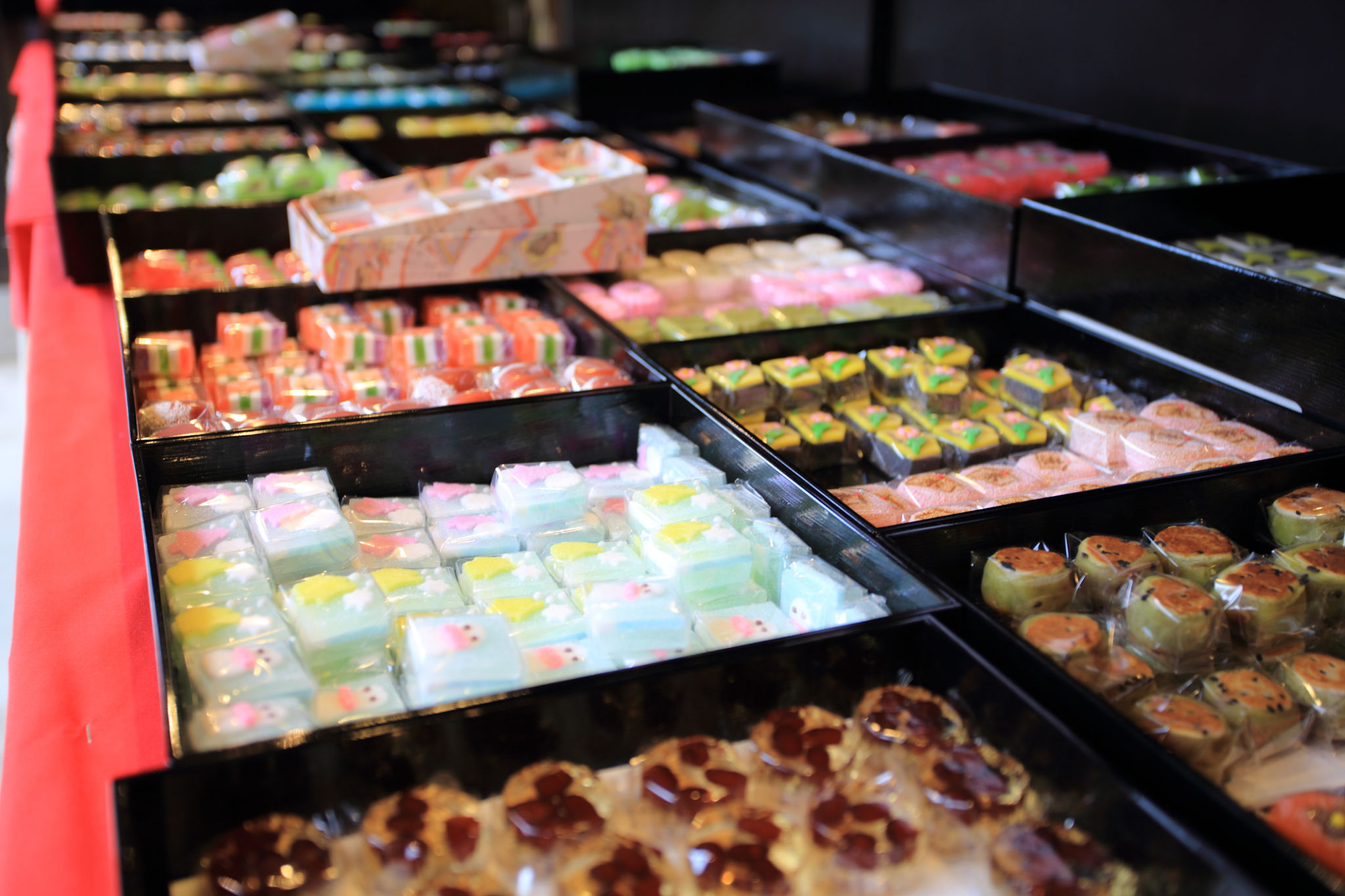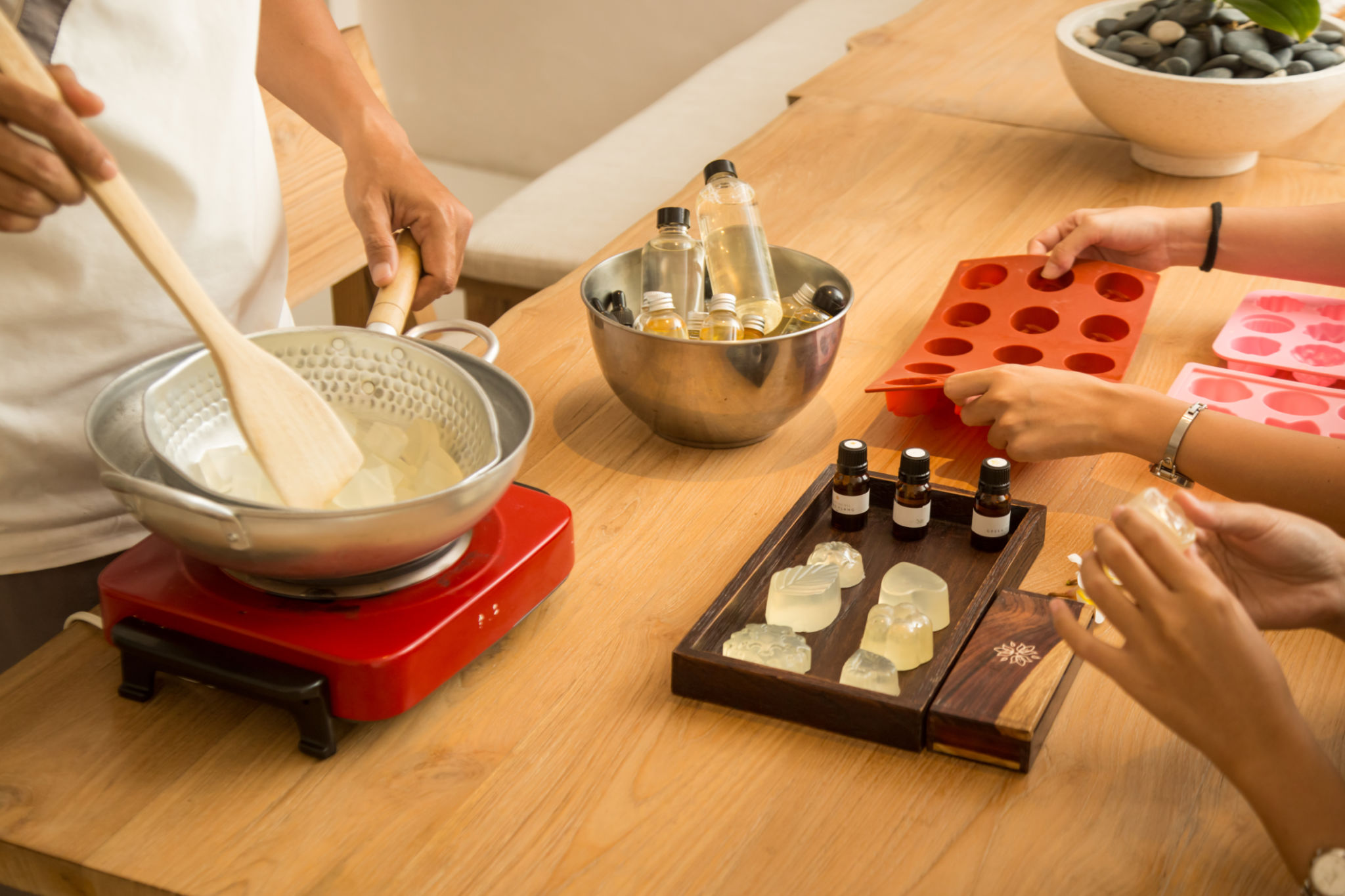Comparing Japanese Confectionery Stores: What Makes Hokkaido Sweets Unique?
The Allure of Hokkaido Sweets
Japan is renowned for its confectionery, offering a vast array of sweets that capture the essence of its rich culture and tradition. Among these, Hokkaido sweets stand out for their unique ingredients and flavors. But what exactly sets them apart from other Japanese confectionery?
Hokkaido, the northernmost island of Japan, is celebrated for its natural beauty and agricultural abundance. This region's climate and fertile land contribute to the high quality of ingredients used in its sweets, making them a favorite among locals and tourists alike.

Quality Ingredients from Hokkaido
The key to the exquisite taste of Hokkaido sweets lies in their ingredients. The region is known for its dairy products, which are considered some of the best in Japan. The creamy texture of Hokkaido milk and butter adds a rich flavor to many local confections, such as Shiroi Koibito, a popular white chocolate biscuit.
Additionally, Hokkaido's fertile soil produces high-quality wheat and sugar beets, essential components in many traditional sweets. This emphasis on local ingredients ensures that Hokkaido's confectionery maintains a fresh and authentic taste.

Traditional Techniques Meet Innovative Flavors
Hokkaido sweets often blend traditional Japanese confectionery techniques with innovative flavors. For instance, Yubari Melon Jelly captures the essence of the famous Yubari melon, offering a refreshing twist on classic jelly desserts. Similarly, soft-serve ice creams made with Hokkaido milk are a favorite treat, renowned for their smooth and creamy texture.
Bakeries and confectionery shops in Hokkaido also pride themselves on using traditional methods passed down through generations. This commitment to preserving heritage while embracing new flavors makes Hokkaido sweets truly unique.

A Variety of Delights
When exploring Hokkaido's confectionery scene, one can find a variety of treats that cater to different tastes. Some popular options include:
- Marusei Butter Sandwiches: Made with rich butter cream sandwiched between raisin biscuits.
- Jaga Pokkuru: Crispy potato snacks made from Hokkaido-grown potatoes.
- Haskap Juices and Jellies: Featuring the unique tartness of the native Haskap berry.
This variety ensures that there's something for everyone, whether you prefer sweet, tart, or savory flavors.
The Cultural Experience
Visiting a confectionery store in Hokkaido is more than just a shopping trip; it's a cultural experience. Many stores offer tasting samples, allowing customers to savor the flavors before purchasing. The presentation of sweets is often as important as the taste, with intricate packaging that reflects Japanese aesthetics.
Furthermore, some shops offer workshops where visitors can learn to make traditional sweets themselves. This interactive experience provides a deeper appreciation for the craftsmanship involved in creating these delectable treats.

The Impact of Seasonality
Seasonality plays an essential role in Japanese confectionery, and Hokkaido is no exception. The region's sweets often incorporate seasonal fruits and flavors, providing a fresh and ever-changing selection throughout the year. From spring sakura (cherry blossom) delights to autumn chestnut treats, each season brings its own unique offerings.
This emphasis on seasonality not only enhances the flavor profile of Hokkaido sweets but also connects consumers with the natural rhythm of the region's agricultural cycle.
Conclusion: A Sweet Adventure Awaits
If you're a fan of Japanese confectionery or simply curious about new flavors, exploring Hokkaido sweets is a must. Their unique combination of high-quality local ingredients, traditional techniques, and innovative flavors offers a sweet adventure that delights the senses.
Whether you're visiting Hokkaido or purchasing these treats online, you'll discover that each bite tells a story of the region's rich cultural heritage and culinary excellence.